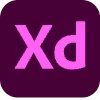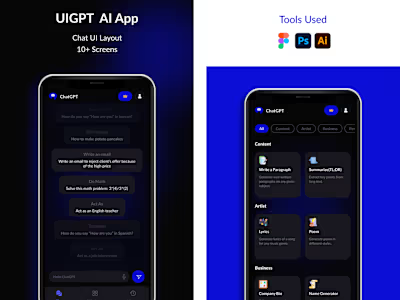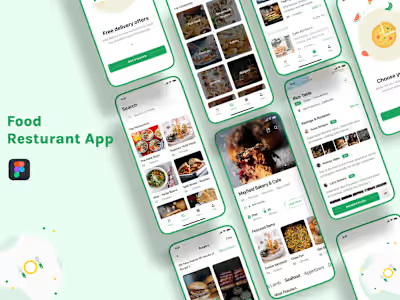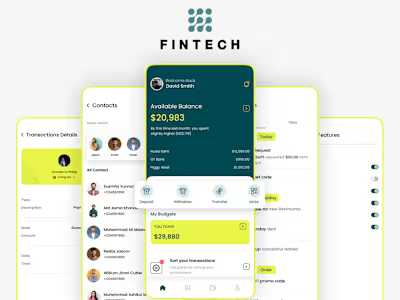Easy Online Learning: LearnEase: Making Education Accessible

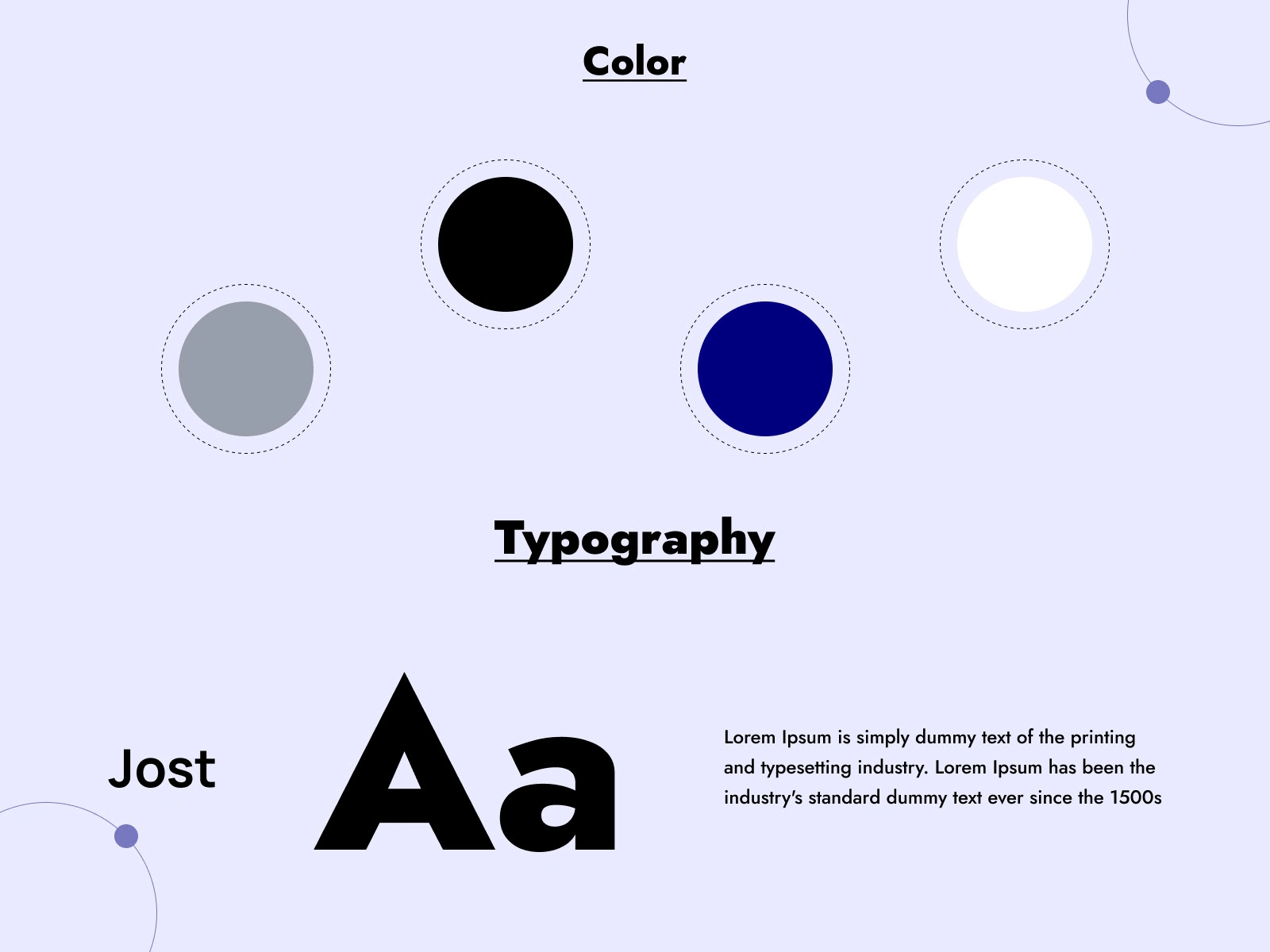
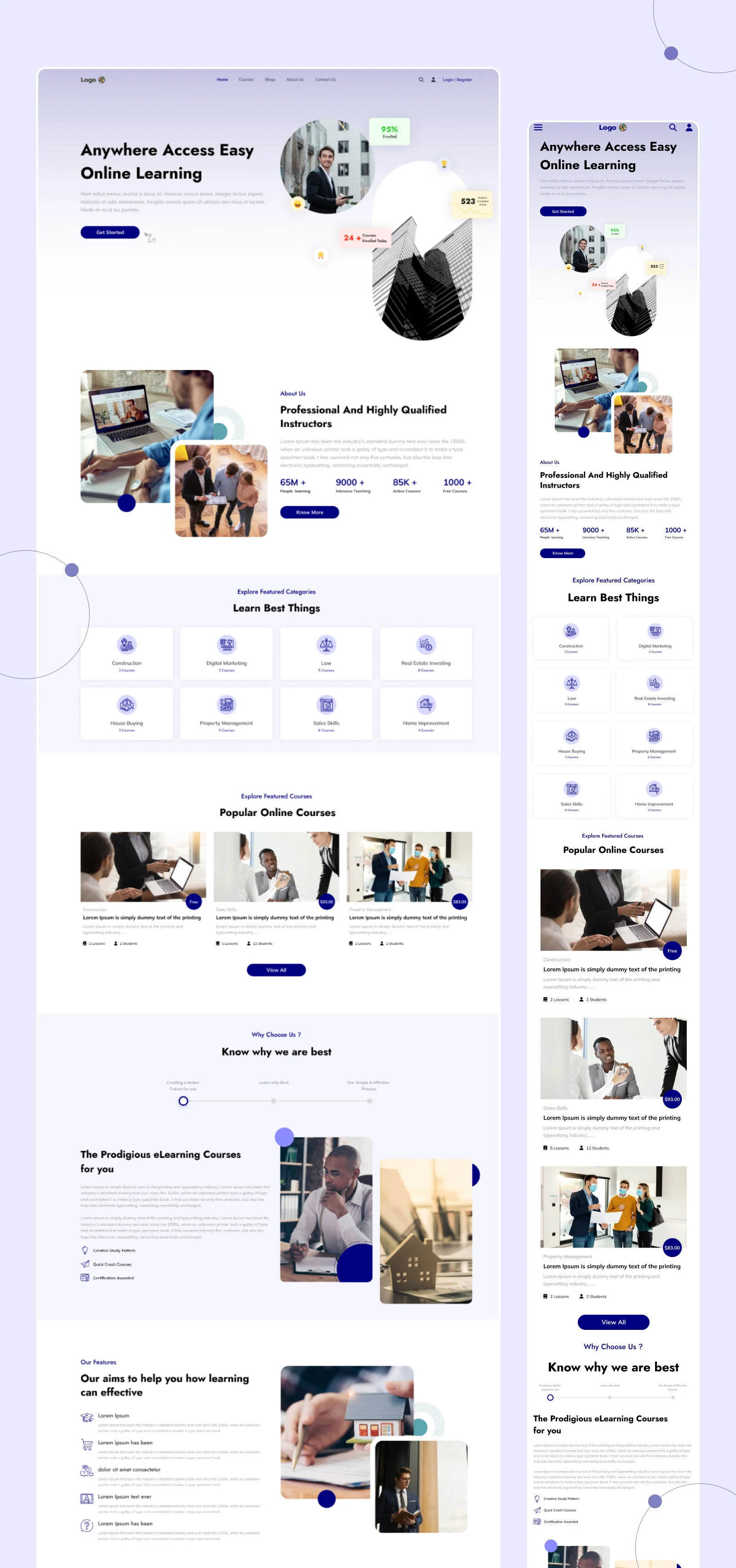
Short Description:
LearnEase, an online learning platform, aims to make education accessible for individuals of all ages through its user-friendly interface.
Project Overview:
LearnEase is an online learning platform designed to provide accessible education to individuals of all ages. It focuses on offering a user-friendly interface to make the learning process convenient and enjoyable.
Challenge:
LearnEase is an online learning platform designed to provide accessible education to individuals of all ages. It focuses on offering a user-friendly interface to make the learning process convenient and enjoyable.
Solution:
The solution is "LearnEase," an intuitive online learning platform equipped with diverse educational content, interactive tools, and a user-centric interface, making education accessible to learners of varying ages and backgrounds.
Research:
Secondary Research:
Secondary research analyzing existing online learning platforms, educational methodologies, accessibility standards, and inclusive learning practices.
Primary Research:
Primary research engaging with learners, educators, accessibility experts, and individuals from diverse age groups to understand their learning needs, preferences, and challenges in online education.
Personas:
Personas such as creating personas representing learners from different age groups, educators, and individuals with diverse learning needs to understand their unique requirements and challenges within LearnEase.
Ideation:
Conducting ideation sessions to generate ideas for features such as adaptive learning paths, interactive modules, accessibility options, and intuitive navigation within LearnEase.
User Stories:
dentifying user stories derived from personas to define essential platform features and functionalities aligning with diverse user requirements using LearnEase.
Design:
Wireframes:
Wireframes will be created to outline the user interface of the platform, showcasing the layout and structure. These visual representations will facilitate early feedback and usability testing.
Moodboard:
The moodboard will define the visual identity of "Easy Online Learning" It will curating design elements reflecting inclusivity, accessibility, and engagement to guide the visual identity of LearnEase.
Style Guide:
A comprehensive style guide will establish consistent design principles, encompassing color palettes, typography, iconography, and imagery. These guidelines will ensure coherence and cohesion across the platform.
Hi-Fidelity Wireframes:
High-fidelity wireframes will transform the design concepts into detailed, interactive prototypes. These prototypes will demonstrate the final look and functionality of "Easy Online Learning" encouraging engagement and user feedback.
Prototypes:
Building interactive prototypes to showcase LearnEase's features and interface, allowing stakeholders to provide feedback before final implementation.
Testing:
Usability Testing:
Usability testing will involving learners of different age groups to test the platform's usability, accessibility, engagement, and overall user experience.
Redesign:
Iteratively refining LearnEase based on testing outcomes to enhance usability, accessibility, and effectiveness in making education accessible for all ages.
Reflections:
Reflecting on LearnEase's impact in providing accessible education, emphasizing enhanced accessibility, engagement, and knowledge acquisition for learners of all ages.
Development Process:
Involving technology stack selection, methodology adoption, both frontend and backend development, database design, rigorous testing, quality assurance, and deployment for a scalable and inclusive online learning platform.
This structured breakdown outlines the various stages and processes involved in developing "Easy Online Learning: LearnEase: Making Education Accessible for All Ages," aiming to create an inclusive and user-friendly platform for learners of diverse age groups and learning preferences.
Like this project
Posted Dec 14, 2023
LearnEase, an online learning platform, aims to make education accessible for individuals of all ages through its user-friendly interface.


